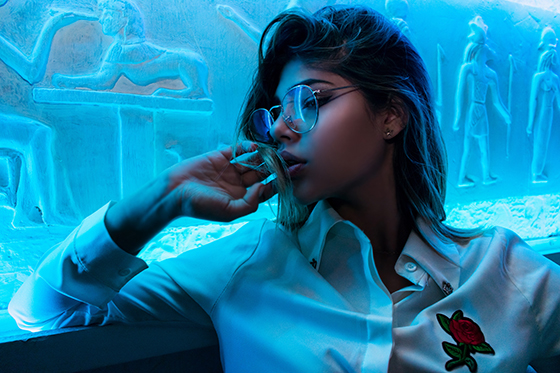Cosplay, short for “dress play,” is an artistic and overall performance artwork form where lovers get dressed up as characters from diverse media franchises, including anime, manga, video video games, comic books, movies, and tv indicates. This cultural phenomenon has visible a superb transformation from its grassroots origins inside niche fandom groups to mainstream reputation and participation.
The roots of cosplay can be traced lower back to technological know-how fiction conventions inside the early Nineteen Forties, in particular at occasions just like the first Worldcon held in 1939. Early contributors regularly dressed as their preferred literary characters or created complicated costumes to embody their imaginary personas. The term “cosplay,” but, didn’t emerge until a whole lot later, stimulated by using a mixture of “costume” and “play.”
within the 1980s and 90s, the rise of eastern pop culture, specifically via animation (anime) and comics (manga), performed a giant position in popularizing cosplay. eastern enthusiasts began dressing up as their liked anime and manga characters, growing tricky costumes that ranged from easy clothes to complicated, incredibly certain ensembles. The exercise quickly spread to the united states and other elements of the sector through worldwide conventions and the developing affect of world media.
With the appearance of the net in the overdue twentieth century, cosplay found a brand new home on line. web sites, boards, and social media platforms have become hubs for sharing gown designs, guidelines for crafting outfits, and showcasing finished merchandise. This digital age delivered cosplayers from extraordinary corners of the globe together, fostering a vibrant network and facilitating the change of thoughts and strategies. It additionally allowed cosplay to reach past geek way of life and into the wider public awareness.

entering the 2000s, cosplay started to benefit mainstream interest. Hollywood blockbusters and most important community tv suggests featured characters with visually putting appearances, sparking interest among a much wider target audience. Celebrities started out collaborating in cosplay, in addition bridging the space between fandom subculture and mainstream enjoyment. Social media systems like Instagram, Twitter, and fb have become showcases for stunning cosplay creations, amplifying the visibility and attraction of the hobby.
these days, cosplay is not simply restrained to conventions; it’s a year-spherical hobby. events along with comic-Con global in San Diego and Japan Expo in Paris draw big crowds, presenting elaborate cosplay parades and competitions. furthermore, cosplay has extended into normal life, with human beings wearing casual variations of their favored characters’ clothes and incorporating factors of their costumes into every day wear.
in spite of its mainstream popularity, the essence of cosplay remains rooted in creativity, craftsmanship, and network. fanatics make investments great effort and time into creating their costumes, often developing new competencies like stitching, prop-making, and makeup artistry. for lots, the act of bringing a beloved man or woman to existence gives a profound experience of success and reference to others who percentage similar passions.
As cosplay maintains to evolve, it reflects broader trends inside society. The variety of characters represented in cosplay underscores ongoing conversations approximately illustration and inclusivity. whether it’s through portraying sturdy female protagonists, highlighting LGBTQ+ characters, or embracing a variety of racial backgrounds, cosplayers make a contribution to creating fan communities greater inclusive and accepting.

In conclusion, cosplay has journeyed from a niche culture to a globally identified shape of creative expression. Its evolution demonstrates the power of passionate individuals coming together to have fun their pursuits and encourage each other. as long as there are tales and characters that captivate our imaginations, cosplay will keep to flourish as each an artwork shape and a communal pastime.